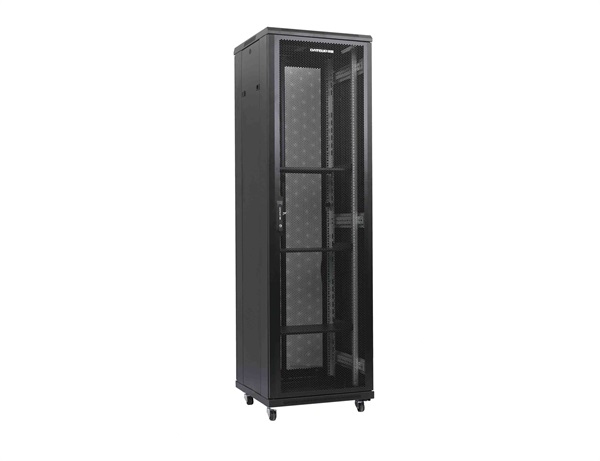News
Site Editor
 Site
https://leonetworkgroup.usa18.wondercdn.com/uploads/image/5fe152faa587d.png
Cables are an essential component of modern technology, connecting devices and enabling communication, data transfer, and power transmission. They are used in a wide range of industries, including telecommunications, energy, healthcare, transportation, and entertainment. Testing cables is important for a variety of reasons, including safety, reliability, and performance.Safety is the first and for
Site
https://leonetworkgroup.usa18.wondercdn.com/uploads/image/5fe152faa587d.png
Cables are an essential component of modern technology, connecting devices and enabling communication, data transfer, and power transmission. They are used in a wide range of industries, including telecommunications, energy, healthcare, transportation, and entertainment. Testing cables is important for a variety of reasons, including safety, reliability, and performance.Safety is the first and for
Why Is It Important To Test Cables
Views: 399
Author: Site Editor
Publish Time: 2023-07-10
Origin: Site
Cables are an essential component of modern technology, connecting devices and enabling communication, data transfer, and power transmission. They are used in a wide range of industries, including telecommunications, energy, healthcare, transportation, and entertainment. Testing cables is important for a variety of reasons, including safety, reliability, and performance.
Safety is the first and foremost reason why it is important to test cables. Malfunctioning or damaged cables can cause serious accidents, such as electric shocks, fires, or explosions. Testing cables can detect faults, such as insulation breakdown, short circuits, or overheating, before they cause harm to people or property. Compliance with safety standards, such as the National Electrical Code (NEC), requires regular testing of electrical systems and equipment, including cables.
Reliability is another reason why it is important to test cables. Cables are often subject to harsh environmental conditions, such as high temperatures, humidity, dust, or vibrations. Over time, cables can degrade, corrode, or become worn out, reducing their capacity to transmit signals or power. Testing cables can assess their condition, identify potential problems, and prevent downtime or failures. Regular maintenance and testing can extend the lifespan of cables and ensure their optimal performance.
Performance is the third reason why it is important to test cables. Cables are designed to meet specific requirements in terms of bandwidth, impedance, attenuation, noise, and other parameters. Testing cables can verify whether they meet these specifications and enable users to optimize their performance. For example, in high-speed data transmission or video applications, cable testing can ensure that the cables can support the required data rates, minimize signal loss, or eliminate interference. In power transmission, cable testing can determine the capacity of cables to handle the expected loads and prevent power outages.
Testing cables can be done in various ways, depending on the type of cable and the purpose of the testing. Some common cable testing methods include continuity testing, insulation resistance testing, capacitance testing, voltage testing, impedance testing, and signal testing. These tests can be performed by qualified technicians using specialized equipment, such as multimeters, oscilloscopes, TDRs, or network analyzers. The results of cable testing can provide valuable insights into the condition and performance of cables, and help users make informed decisions about maintenance, repair, or replacement.
In conclusion, testing cables is important for safety, reliability, and performance reasons. Cables are critical components of modern technology, and their proper functioning is essential for the smooth operation of various systems and devices. Regular testing of cables can detect faults, prevent accidents, optimize performance, and ensure compliance with safety standards. Investing in cable testing can save money, time, and lives in the long run.
If you want to know more about industrial network cabinet,china fiber optic splice closure,china fiber optic distribution box,please consult the fiber optic splice closure factory









